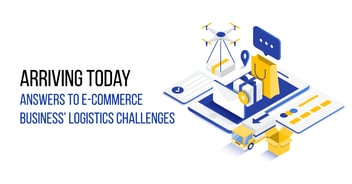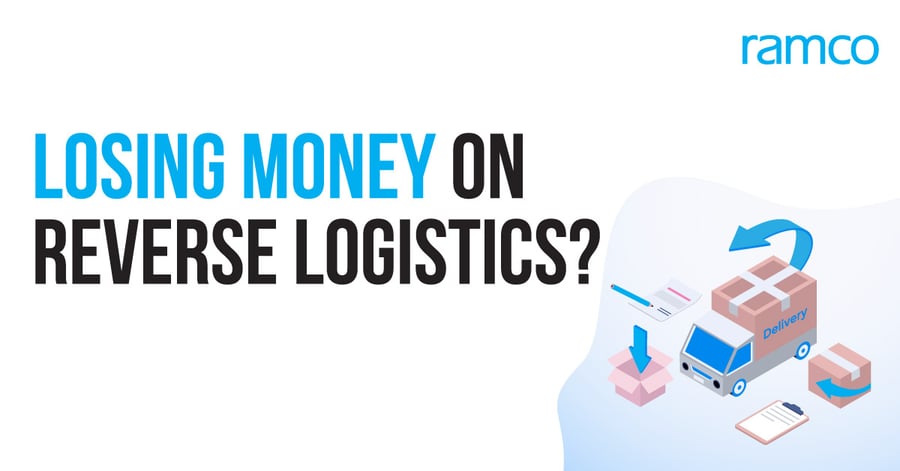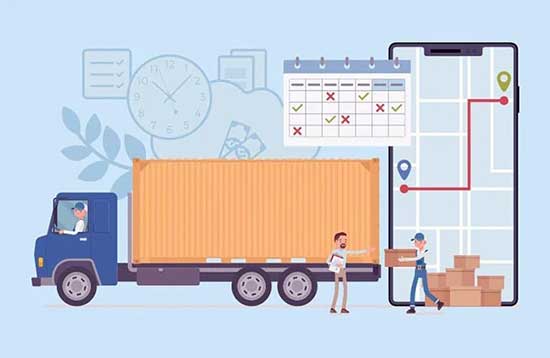
Can returns be a standalone revenue stream for LSPs?
Published :

E-commerce is flourishing, which is good news. The volume of returns is also increasing with it, which doesn't sound all that good. The wrong product fit, damaged goods or simply a change of mind are enough to get a consumer or business to initiate a return. Even though returns are the most common component of reverse logistics, many retailers struggle to handle them efficiently.
The return rate of e-commerce purchases is three to four times higher than that for brick-and-mortar purchases. For retailers, the priority is to reduce the costs associated with those returns. Since returns are not something retailers make money out of, they will hardly be enthusiastic about paying the regular charges to logistics service providers (LSPs) who handle returns. They will negotiate hard. Many LSPs are yet to find a stable strategy to handle returns because of ad-hoc processes and the unpredictability involved.
So, what can LSPs do to counter this? How can they take charge of the situation and deliver value? LSPs are actually in a unique position to achieve differentiation in the world of returns. If they position reverse logistics as a part of a successful growth strategy for retailers, LSPs can help the retailers control costs and turn it into a new revenue opportunity for themselves.
Reverse loop of goods can translate to more revenue
The pressure on retailers to run an effective reverse logistics channel is immense. They have to manage their profitability, keep customers happy and deal with reputational risks. LSPs that develop a strategic approach and deliver value-added services to retailers can generate a new revenue stream within this reverse flow of goods.
Leveraging technology for robust returns management
The key to reversing the obstacles inherent in returns management is to use emerging technology and proven solutions to execute reverse logistics like a business and not a department.
Unlock new revenue opportunity
A retailer wants to be able to offer hassle-free return policies to customers, one of the things that make e-commerce brands attractive and gives them a competitive edge. According to a recent report, more than a third (35%) of web shoppers say that “ease of returns” is a top factor that influences their buying decision. The impact of failing to execute a return policy efficiently can result in a declining market share.
LSPs can go beyond simply coordinating reverse logistics for retailers and help them in building a loyal customer base that keeps coming back, not only because of an attractive shelf of products but also because of convenient post-purchase facilities like returns. Such an approach translates a previously understood cost-center to a revenue building opportunity for LSPs and a reputation building initiative for retailers.

All Rights Reserved. © Copyright 2023. Ramco Systems.